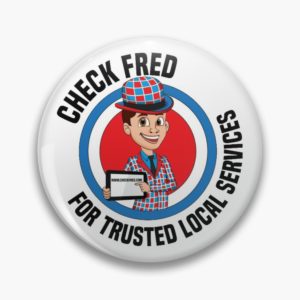“There is a need for modern medicine and science to turn its attention to the plant world once again to find new medicine that might cure cancer, AIDS, diabetes, and many other diseases and conditions.” – Norman R. Farnsworth, Ph.D., Professor of Pharmacology at the University of Illinois at Chicago.
It’s really surprising that Western medicine hasn’t fully embraced the healing properties of plants. Especially since many of our drugs are derived from plants. Morphine is produced from the poppy plant, Foxglove produces digitalis, and even the most common of medicines: aspirin, is produced from willow bark.
And it’s not just these old standbys. Research continues to discover the many healing properties available in nature. Taxol is an important cancer drug which was discovered in 1971 and approved in 1993 for medical use. It is used to treat a variety of cancers and was isolated from the Pacific Yew Tree.
And these are just a few examples. It seems that Western medicine recognizes the power of medicinal plants, but only if they’ve been tweaked in a lab. While other societies, still use plants and herbs in their unadulterated forms.
Traditional healers around the world, from curanderos and shaman to so-called “witches”, have known for centuries which plant treats which condition. Their history, passed on over centuries, serve as a reminder that there is still much to discover about healing.
While you may wonder why someone would resort to plants when there are pharmaceutical alternatives, consider that a study published in the Journal of the American Medical Association in 1998, estimated that 100,000 Americans die from taking prescription medication.
In 2013, a more recent analysis estimated that approximately 128,000 Americans die each year from the complications of taking prescription medicines. These are people taking properly prescribed drugs in the correct way.
This is not to say that herbal remedies don’t have side effects. They do, and it’s important to research and discuss these options with your physician. But, in most cases, the adverse outcomes are much less serious than those produced by laboratory-produced drugs.
In fact, after practicing traditional medicine for many years, physicians have started pursuing alternative therapies which focus on natural, plant-based treatment.
Dr. Andrew Weil, a Harvard-trained physician, realized that alternative medicine offered safer alternatives to mainstream prescription drugs and treatments. Other doctors have also pursued studies into integrative medicine which include extensive training in herbal medicine.
3 Ways Herbs Outperform Traditional Pharmaceuticals:
1. They tend to be less toxic: All the drugs listed above were produced by isolating an active ingredient and developed into a potent form. This high potency increases the risks of toxicity and side effects. Consuming an herb in its natural form, whether it’s a leaf or root, offers a lower dose of the active ingredient.
2. Herbs contain multiple ingredients — Plants contain multiple active ingredients which work in harmony to make them more efficient. The exact mechanism of this process is often a mystery to medical science, for example in the case of red yeast rice.
Red Yeast Rice is the fermented product of a fungus. It contains a substance called monacolin K, which is the ingredient in lovastatin, a commonly prescribed statin, or cholesterol-lowering drug.
Studies have shown that red yeast rice lowers LDL cholesterol by 30%, despite the fact it contains relatively low doses of monacolin K.
Scientists don’t know for sure, but they suspect that red yeast contains 8 additional types of monacolins, plus additional plant compounds such as isoflavones and sterols.
3. Fewer Side Effects — In many cases, herbs cause fewer side effects than their pharmaceutical counterparts. One example is St. John’s Wort which is often prescribed for mild depression. It has been extensively studied and shown to be more effective than a placebo, and as effective as some prescription anti-depressants. Again, it’s important to check with your doctor as St. John’s Wort can interfere with some medications.
CONCLUSION;
Remember; having the right information will make your job much easier and can help ensure the lasting success of your garden.
If you don’t initially see what you’re looking for here, please use the ‘Search Bar’ in either the Sidebar or Footer.
Pete.
 Please Click The CheckFred Button Above
Please Click The CheckFred Button Above
To Visit The Merch’ Shop
.
